Many dogs in the Netherlands are overweight, but this can entail various health risks. It is important that these dogs lose weight to limit health risks. When the dog weighs twenty percent more than the ideal weight, we speak of obesity.
What are the causes of overweight?
The main reason for overweight in dogs is the diet in combination with (too) little exercise. Often too much food is offered in relation to the amount of exercise the dog receives. The quality of the food also plays a role and several snacks are often given in between, which can be compared to people snacking on sweets. When the dog gets too many and unhealthy snacks, this contributes to obesity.
When you adjust the amount of food for the dog, it is important that you take into account the amount of exercise the dog gets per day.
In addition to the diet and exercise of the dog, hereditary predisposition plays a role. Some breeds that are more likely to become overweight include Labrador Retrievers, Beagles or Cocker Spaniels.
What is also often seen is that dogs often gain weight after spaying or castration, which can also lead to obesity. . This is because there is a change in metabolism. Furthermore, a reduced thyroid function can lead to obesity. A reduced thyroid function leads to a slow metabolism, which increases the risk of obesity.
Finally, the age of the dog also plays a role, because older dogs gain weight faster. The reason for this lies mainly in the activity of the dogs. In general, older dogs are less active. To prevent obesity, you can choose to put older dogs on a diet with food that has been specially developed for older dogs.
We speak of overweight when the ribs, the vertebral cup and the pelvic bones can be felt with difficulty. A dog in normal condition with an ideal weight, the ribs, vertebral cup and pelvic bones are visible and easy to feel. We speak of obesity when excess fat can be seen on the chest, the vertebral cup and at the base of the tail. However, the amount present in a dog also varies by breed. For example, a Greyhound often has much less fat than a Bulldog.
The symptoms of obesity in dogs are:
-
The condition deteriorates; The dog moves slowly, is in a bad mood and sleeps a lot
-
Ribs can no longer be felt and no waist is visible
-
Joint problems
-
Breathing problems
-
Decreased coat condition, because the dog has difficulty grooming itself
-
Chance of blockage
-
Diabetes
-
Heart problems
-
Liver problems.
-
Increases anesthesia risk
Obviously prevention is better than cure. Therefore, try to keep a close eye on your dog's weight, if the dog continues to gain weight, it is wise to go to a vet. A study has shown that about 50% of our dogs and cats suffer from obesity. The vet can provide good guidance to help the dog lose weight. Regular checkups ensure that the weight is monitored and the vet can adjust the diet in the meantime.
What is the treatment for obesity?
The dog will have to go on a diet to lose weight. When the owner cooperates well, the dog or cat has a good prospect. However, it is important that the animal does not lose weight too quickly. The guideline you can follow is: Allow the animal to lose a maximum of 1% of its current body weight per week.
When an animal here starts a slimming trajectory, the initial weight will first be noted. After this, the target weight is determined and in what time this must be done. Then the diet of the animal is examined. It will be determined how much energy the feed may contain and which diet food is appropriate.
When it has been determined which diet food you will use, a feeding schedule is drawn up in which the food is divided over several times a day. In addition to this food, it is important that you do not give any snacks.
It is also important that you look at the body movement of the animal. When the animal is used to little exercise, it is important that this is gradually built up. Play is often started, which causes the dog to start moving again. When this has been done for some time, you can go on longer walks with the dog. The distance you are going to walk with the animal should be built up slowly.
How can obesity in dogs be prevented?
-
Adjust the nutrition after castration or sterilization of your animal. The metabolism changes after a castration in such a way that the animal stores more fats in its body.
-
Give the animal as few snacks as possible.
-
Divide the portions of food over several times a day.
-
Match the diet to the amount of exercise.
-
Check your dog's weight regularly to identify weight changes in a timely manner
This text was translated by a translation machine
 Horse Pharmacy
Horse Pharmacy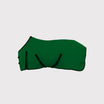 Rugs
Rugs Care
Care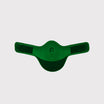 Saddle and Attachments
Saddle and Attachments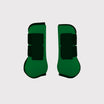 Leg Protection
Leg Protection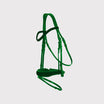 Bridles
Bridles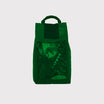 Feed
Feed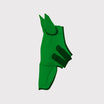 Fly Masks
Fly Masks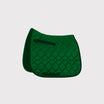 Saddle Pads
Saddle Pads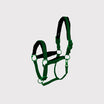 Headcollars and Ropes
Headcollars and Ropes Bits
Bits Other Disciplines
Other Disciplines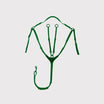 Reins and Auxiliary Reins
Reins and Auxiliary Reins Clipping
Clipping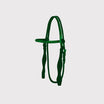 Western
Western Eventing
Eventing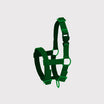 Foals
Foals Reflection
Reflection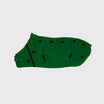 Therapy Products
Therapy Products Boots and Shoes
Boots and Shoes Breeches and Belts
Breeches and Belts Tops
Tops Safety
Safety Competition
Competition Heated Clothing
Heated Clothing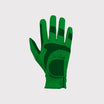 Gloves
Gloves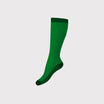 Socks
Socks Spurs and Attachments
Spurs and Attachments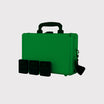 Technology
Technology Whips
Whips Gifts
Gifts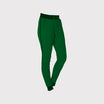 Casual Wear
Casual Wear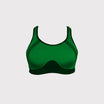 Underwear
Underwear Rider Pharmacy
Rider Pharmacy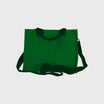 Bags
Bags Books
Books Laundry supplies
Laundry supplies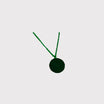 Jewelry
Jewelry Feed and Waterbowls
Feed and Waterbowls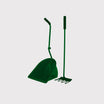 Equipment
Equipment Tack Room
Tack Room Pest Control
Pest Control Arena
Arena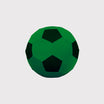 Horse Toys
Horse Toys Wheelbarrows
Wheelbarrows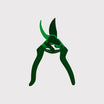 Yard
Yard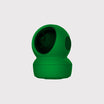 Surveillance
Surveillance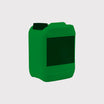 Disinfect
Disinfect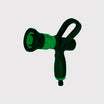 Washing Area
Washing Area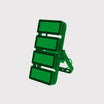 Lighting
Lighting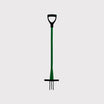 Horse Pasture
Horse Pasture Current Conductors
Current Conductors Pole
Pole Insulators
Insulators Energisers
Energisers Gate Handles
Gate Handles Batteries and Accumulator
Batteries and Accumulator Nets
Nets Grounding
Grounding Tools
Tools Fencing Security
Fencing Security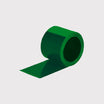 Wolf Defense
Wolf Defense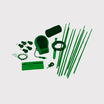 Fencing Sets
Fencing Sets Fence locks
Fence locks Dogs
Dogs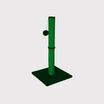 Cats
Cats Rodents
Rodents Dogs Pharmacy
Dogs Pharmacy Cats Pharmacy
Cats Pharmacy Rodents Pharmacy
Rodents Pharmacy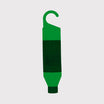 Cattle Pharmacy
Cattle Pharmacy Poultry Pharmacy
Poultry Pharmacy Veterinary Supplies
Veterinary Supplies Cattle
Cattle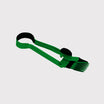 Sheep and Goats
Sheep and Goats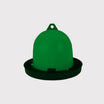 Poultry
Poultry Heat Lamps
Heat Lamps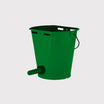 Calves
Calves Marking
Marking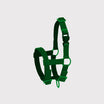 Halters
Halters